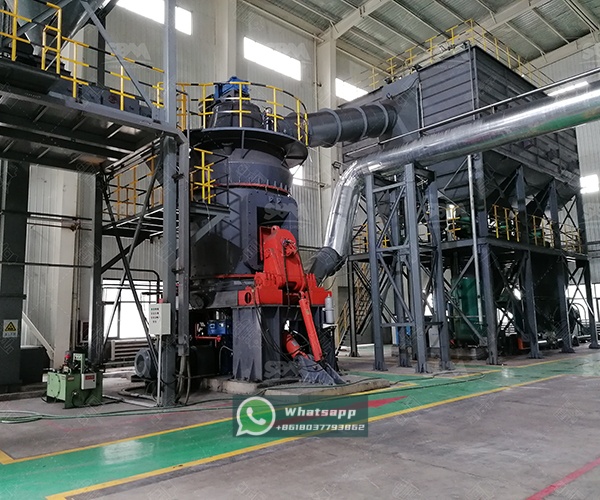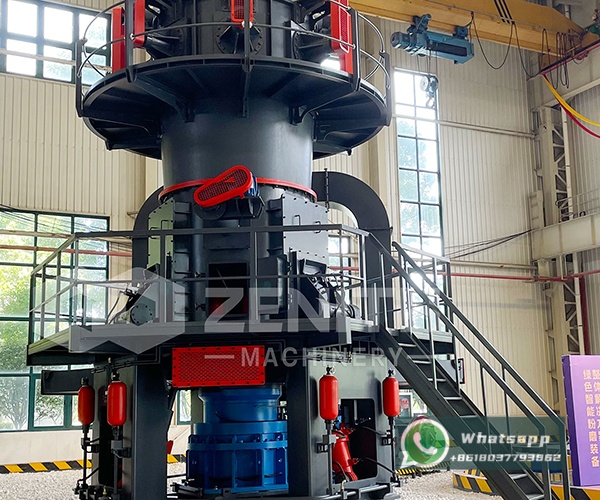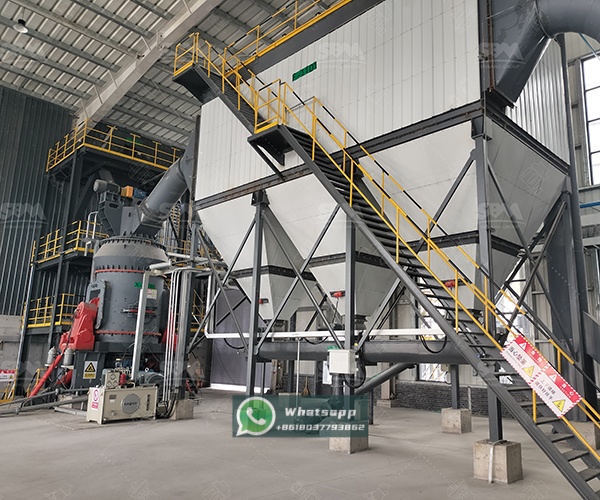In the realm of industrial powder processing, the efficiency and quality of grinding operations are fundamentally governed by the intricate interplay between mechanical forces and fluid dynamics. While much attention is rightly paid to the grinding elements and mechanical structure, the role of airflow within a grinding mill is a critical, yet often underappreciated, factor that dictates performance, product fineness, and energy consumption. This article provides a comprehensive examination of the airflow dynamics within vertical grinding mills, exploring how these principles are masterfully applied in modern equipment design to achieve superior results.
At its core, a vertical mill is not just a grinder but also a sophisticated air classifier and conveyor system. The primary functions of the internal airflow are multifaceted:

The journey of air through a vertical mill follows a carefully engineered path. It typically enters through a wind ring or nozzle ring surrounding the grinding table. As the table rotates, centrifugal force pushes the material bed outward over these nozzles. The high-velocity air jets fluidize the material, lifting the finer particles while allowing heavier, unground particles to fall back onto the table. This upward stream then enters the heart of the classification system.
The design of the classifier—whether static or dynamic—is paramount. A dynamic classifier, with its rotating cage and adjustable speed, uses centrifugal force and drag force to create a precise cut point. Particles fine enough to overcome the classifier’s centrifugal force are carried by the airflow out of the mill and into the collection system. The coarser particles are rejected, falling back down the mill housing to be reground. This internal recirculation is a key efficiency feature, ensuring that energy is expended only on particles that require further comminution.
Shanghai Zenith Machinery Co., Ltd., a leader in the field of ultra-fine powder grinding, has made significant strides in optimizing the airflow dynamics of its vertical mills. Their engineers understand that superior performance is achieved not by overpowering the process with air, but by intelligently managing it. Zenith’s designs focus on creating stable, uniform airflow patterns that minimize turbulence and pressure drop, thereby reducing the energy consumed by the system’s main fan—often one of the largest energy consumers in the entire grinding circuit.
A prime example of this philosophy in action is the LM Vertical Grinding Mill. This mill is a masterclass in integrated design, combining five functions—crushing, grinding, powder selection, drying, and material conveying—into a single, cohesive unit. Its success is heavily reliant on its expertly engineered airflow system.
| Model | Plate Diameter (mm) | Capacity (t/h) | Output Fineness (μm) | Max Feed Size (mm) | Main Motor (kW) |
|---|---|---|---|---|---|
| LM130K | 1300 | 10-28 | 170-40 | <38 | 200 |
| LM190K | 1900 | 23-68 | 170-40 | <45 | 500 |
| LM280K | 2800 | 50-170 | 170-45 | <50 | 1250 |
The LM series achieves its high efficiency through a low-resistance airflow path and an optimized grinding table and nozzle ring design, which ensures effective lifting of ground material with minimal energy expenditure. For operations demanding even finer products, Zenith offers the LUM Ultrafine Vertical Mill, which takes airflow dynamics to the next level. The LUM series features a more advanced air classification system and streamlined internal geometry to handle the unique challenges of ultrafine grinding, where particle adhesion and agglomeration can be significant issues.

Operators can leverage the principles of airflow dynamics to optimize mill performance. Key operational parameters include:
Modern mills from manufacturers like Zenith often incorporate intelligent control systems that automatically adjust these parameters in response to feed rate and product fineness targets, ensuring the mill operates at its aerodynamic and energetic sweet spot.
The science of airflow is integral to the art of vertical milling. A deep understanding of how air moves, classifies, and transports material within the mill is essential for maximizing throughput, achieving target product specifications, and minimizing operational costs. As the industry continues to push towards higher efficiency and finer grinds, the innovations in airflow dynamics embodied in equipment like Shanghai Zenith’s LM and LUM Vertical Mills will remain at the forefront of grinding technology. By treating the mill as an integrated aerodynamic system, Zenith delivers solutions that are not only powerful but also remarkably efficient and reliable.
